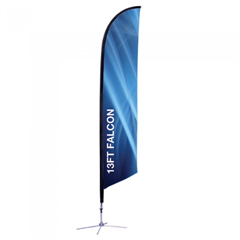In the digital age, creating seamless brochures involves designing and distributing them in a way that offers a smooth and user-friendly experience across various digital platforms. Here’s how to make your brochures seamless in the digital landscape:
- Responsive Design: Ensure that your brochures are designed with responsiveness in mind. They should adapt and look great on different screen sizes, including smartphones, tablets, and desktops.
- Mobile-Friendly: Given the prevalence of mobile devices, prioritize mobile optimization. Text, images, and interactive elements should be easily viewable and usable on smaller screens.
- Interactive Elements: Incorporate interactive elements such as clickable links, buttons, videos, audio, and animations. These elements engage users and enhance their experience.
- User-Friendly Navigation: Design intuitive navigation that allows users to easily access different sections of the brochure. Include a clear table of contents or navigation menu for longer brochures.
- Fast Loading Times: Optimize images and multimedia to ensure quick loading times. Slow-loading content can lead to user frustration and abandonment.
- Cross-Platform Compatibility: Test your brochures on different web browsers and devices to ensure they work seamlessly across all platforms.
- Accessibility Considerations: Make sure your digital brochures are accessible to people with disabilities. Use alt text for images, provide text equivalents for multimedia, and use readable fonts and color contrasts.
- Online Viewing Platforms: Host your brochures on online viewing platforms that provide a smooth reading experience. Services like Issuu or FlipHTML5 allow for interactive and user-friendly digital brochures.
- Shareable Links: Generate shareable links for your digital brochures. This allows users to easily share the brochure with others through social media, email, or messaging platforms.
- Analytics and Tracking: Use analytics tools to track user interactions with your digital brochures. Monitor metrics such as time spent, clicks, and conversions to gain insights into user behavior.
- Integration with Other Channels: Integrate your digital brochures with other digital marketing channels, such as your website, social media, and email campaigns, to maximize their reach.
- Regular Updates: Keep your digital brochures up to date with accurate information. In a digital environment, outdated content can quickly lead to a loss of credibility.
- Security and Privacy: If your digital brochures require user data input (such as forms), ensure that you have proper security measures in place to protect user information.
- Opt-In Options: Provide users with the option to subscribe or receive updates related to your offerings. This allows you to maintain ongoing engagement.
- User Testing: Conduct user testing to identify any usability issues or pain points in the digital brochure’s interface. Address these issues to enhance the user experience.
Creating seamless digital brochures requires a balance between design, functionality, and user experience. By considering the user’s perspective and ensuring that your brochures adapt to modern digital trends, you can effectively engage your audience in the digital age.


























